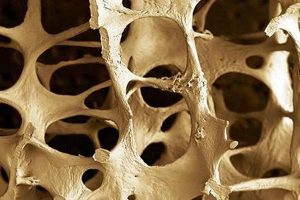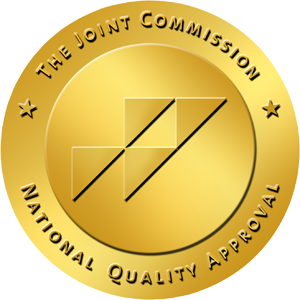Reduce Your Risk of Osteoporosis
 About 10 million Americans have osteoporosis, and another 44 million with low bone mass are at risk. Osteoporosis, or “porous bone,” is a bone disease that occurs when the body loses too much and/or produces too little bone. It is a silent disease because an individual cannot feel bones weakening. Knowing your risk factors and making lifestyle changes can help greatly.
About 10 million Americans have osteoporosis, and another 44 million with low bone mass are at risk. Osteoporosis, or “porous bone,” is a bone disease that occurs when the body loses too much and/or produces too little bone. It is a silent disease because an individual cannot feel bones weakening. Knowing your risk factors and making lifestyle changes can help greatly.
Osteoporotic bones have lost mass and contain abnormal tissue structure. Breaking a bone in the hip, spine or wrist is one of the first signs of osteoporosis in older adults, but other bones can break too. Another indicator of the disease is decreased height and a hunched posture. Certain health problems and medical procedures also increase the likelihood of osteoporosis.
The National Osteoporosis Foundation (NOF) estimates that twenty percent of seniors die within one year from complications of a broken hip or the surgery to repair it. Osteoporosis also limits mobility and results in many patients being placed in long-term nursing home care.
Two Important Nutrients
Normal aging does not cause osteoporosis. Prevention should begin in childhood and not stop. Calcium (a mineral) and vitamin D build strong, dense bones when you’re young and keep them strong and healthy as you age, notes the NOF. Many people do not get the amount of calcium they need daily, which contributes to bone loss, low bone density and broken bones.
Besides building bones and keeping them healthy, calcium is essential for our blood to clot, muscles to contract and heart to beat. Calcium is also present in our teeth. However, we lose this nutrient every day through our hair, nails, skin, sweat, urination and defecation. We need to get enough calcium from food we consume because our bodies cannot produce its own calcium. Our body takes calcium from our bones if we don’t get the amount it needs. Dairy products such as milk, cheese and yogurt are high in calcium. A variety of green vegetables also contain smaller amounts of calcium. Many juices, breakfast foods, snack, breads and other beverages are fortified with calcium.
Vitamin D helps the body absorb calcium and support muscles. A lack of vitamin D makes you more likely to break bones as you age. You can get vitamin D from sunlight, food and supplements. Your skin produces vitamin D in reaction to sunlight and stores it in fat for later use. However, aging decreases the skin’s ability to make it. Foods such as salmon, tuna and other kinds of fish contain vitamin D. It is added to orange juice, fortified cereals, soy milk, milk and other dairy products.
According to the NOF, eating a well-balanced diet including fruits and vegetables, and getting enough calcium and vitamin D prevents osteoporosis. Regular exercise, not smoking and limiting alcohol consumption are also beneficial for bone health.
Optional Supplements
Sometimes calcium and vitamin D absorbed from food alone is not enough. Many people must take supplements to support bone health. The amount of calcium you need from a supplement depends on the amount you get from food. Calcium supplements also contain vitamin D and should be taken with food, but vitamin D supplements alone can be taken with or without food. Talk to your doctor or health care provider about whether medication you take can impact your bone health. Ask whether supplements may also reduce the effectiveness of your medicine.
Carmichael’s Pharmacies in Crowley offer a large selection of supplements without a prescription including chewable and liquid. Our highly trained and knowledgeable staff of pharmacists and other professionals can assist you with choosing the best supplement that meet your needs.




 Accredited/Certified by The Joint Commission
Accredited/Certified by The Joint Commission